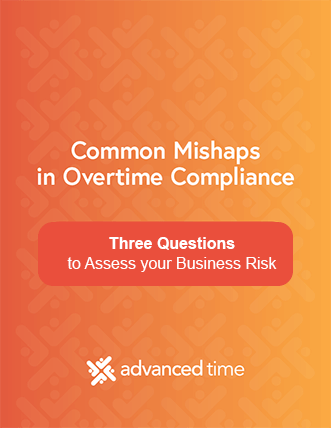If you follow us on LinkedIn, you’ve probably seen us post about the US Department of Labor recovering tens of thousands—sometimes even millions—of dollars in back wages across all industries. This is a huge concern for many employers, and one directly related to properly classification of employees and the severity of the infraction.
Misclassifying employees could get you into serious trouble with local, state or federal government bodies, specifically how it impacts tax collection. According to the IRS, employers are required to “withhold and pay income taxes, Social Security and Medicare taxes, as well as unemployment taxes.” When employees are misclassified, government entities at all levels miss out on tax dollars that allow them to operate effectively and serve their communities.
Between back wages, fines, and the looming threat of potential lawsuits, it’s critical to ensure proper employee classification as soon as possible.
Classification Break-down
Employee Classification
Aspects of Employment
Full-time Employee
- Employed without an agreed-upon end-date
- Generally work around 40 hours/week, depending on company standards for “full-time”
- Can be paid either salaried or hourly wages
- Generally eligible for any applicable employer benefits
Part-time Employee
- Employed without an agreed-upon end-date
- Generally work fewer than 30 hours/week, depending on company standards for “full-time”
- Can be paid either salaried or hourly wages
- Generally eligible for some applicable employer benefits, often based on number of hours worked
Temporary Employee / Contract Employee
- Hired through a staffing agency or directly by the employer
- Hired for a predetermined period of time with an agreed-upon end-date
- Working hours vary depending on contract contents
- May work on several contracts at the same time, depending on contract specifications & hours
- Generally not eligible for employer benefits
Independent Contractor / Freelancer
- Works as an independent business entity hired by a company or organization
- Hired for a specific amount of time or for particular project
- Not paid through the company’s payroll and have control over their own project fees
- Not eligible for employer benefits
Volunteer
- Generally not accompanied by hourly or salaried pay
- Flexible working schedules that change
- Generally only applicable to non-profit organizations
- Not eligible for employer benefits
Determining FLSA Exemption Status
Even with correct worker types classifications, there’s another stumbling block that could interfere with compliance: FLSA exemption status. Equally important to worker classification, this status determines what worker protections do or don’t apply to each employee. Despite the chart above, not all exemption status classifications are as clear as they may seem.
For example, many assume all salaried employees are FLSA exempt, meaning they wouldn’t qualify for FLSA protections and couldn’t earn overtime wages for working longer than 40 hours per week. On the contrary, plenty of full-time positions are capable of earning overtime wages, and being salaried fulfills only one of three requirements to be considered FLSA exempt.
- The employee must receive a salary of no less than $684 per week.
- The employee’s salary must remain consistent and not be subject to the number of hours worked.
- The employee’s job duties must qualify for exemption (i.e. executive, administrative, professional, computer, outside sales, etc.).
You can read more about determining exemption status on the US Department of Labor website.
The Bottom Line
When it comes to classifying employees of any kind, ensuring accuracy of their classification is vital for avoiding unexpected fines or penalties. It ensures fair compensation for employees and, if done correctly upfront, reduces risk of noncompliance for employers.
Common Mishaps in Overtime Compliance
Managing wage and hour regulations is complicated. One of the most challenging components businesses face is the calculation and payment of overtime.
Download our guide with three important questions to assess your business risk:



